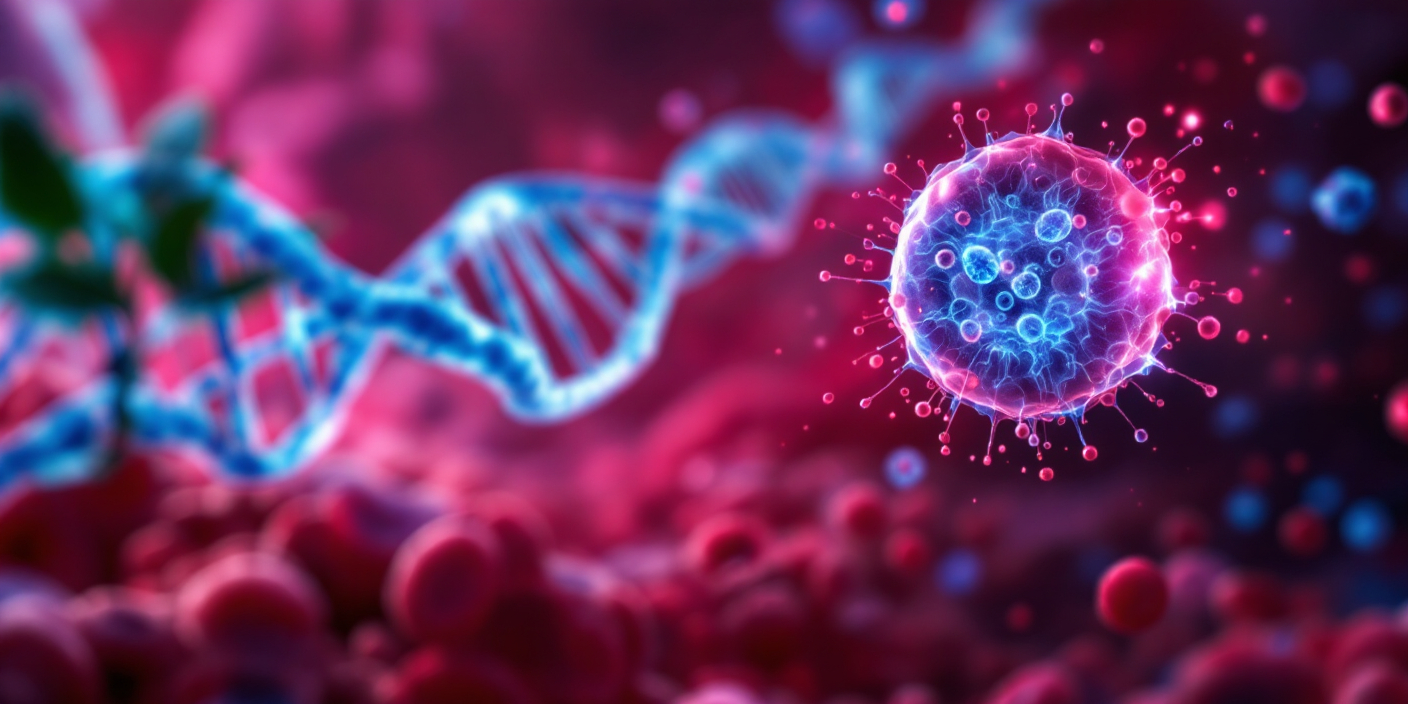What is Acute Myeloid Leukemia (AML)?
Acute Myeloid Leukemia (AML) is a form of cancer that affects the blood and bone marrow and grows quite rapidly. It initiates when immature white blood cells known as myeloblasts start to undergo unchecked proliferation which subsequently leads to the suppression of normal cell production. In contrast to chronic forms of leukemia that progress slowly, AML has the potential to worsen in days or weeks—underscoring the importance of early detection and prompt treatment.
What Causes AML’s Aggression?
Unlike some cancers that grow slowly over time, AML tends to move swiftly—often catching patients and families off guard. This rapid progression occurs because AML disrupts the body’s natural blood-making process, called hematopoiesis.
Bone marrow becomes hypercellular because of the excess tumor cells, leading to insufficient production of normal erythrocytes, leukocytes, and thrombocytes. These processes lead to fatigue, increased susceptibility to infections and bruising, and if not treated, may often advance rapidly towards severe life-threatening complications.
Moreover, each patient diagnosed with AML does not present homogenous disease characteristics because this malignancy is particularly heterogeneous. There are some mutations at the molecular level like FLT3, NPM1 or IDH1 that could determine their particular disease course while imposing other influences such as its treatment response. This adds further complexity challenging the situation since there would no universal method fitting all patients.
What Methods are Currently Used to Treat AML?
In the past, doctors primarily treated patients with AML using aggressive chemotherapy and, for suitable candidates, followed it with a bone marrow transplant. Although this continues to be the mainstay approach for many patients, it may not be appropriate for all patients, particularly elderly individuals or those with comorbid conditions.
In recent years, there has been a major therapeutic shift. Specifically, the development of newer types of therapies that aim at treating specific alterations present in the cancer cells known as targeted therapies are improving disease management. For example, doctors sometimes combine Venetoclax with low-dose chemotherapy to offer some patients a safer and more tolerable alternative to aggressive treatment.
For persons suffering IDH1 mutation, Ivosidenib targets one such mutation making it easier for more precise therapy than previously available. These therapies not only tend to spare important normal tissues but also result in damage limiting effects and hazardous changes associated with older style chemotherapy drugs.
Although these approaches do not provide full remission of the illness, they can be beneficial as adjuncts with other forms of treatments aimed at enhancing survival and providing better functioning in daily activities particularly when integrated into routine care regimens customized according to patient’s genetic makeup.
Advances in Medicine: The Developments of AML Treatments
New targets and combinations are driving researchers to refine the efficiency and reduce the toxicity of AML treatments. Although progress continues, acute myeloid leukemia continues to present considerable challenges requiring precise assessment and prompt treatment from a seasoned clinician.
In case you or your loved ones have been diagnosed with acute myeloid leukemia, consult a specialist in hematology or oncology. A medical professional is able to determine the best approach tailored for you after thorough evaluation.

